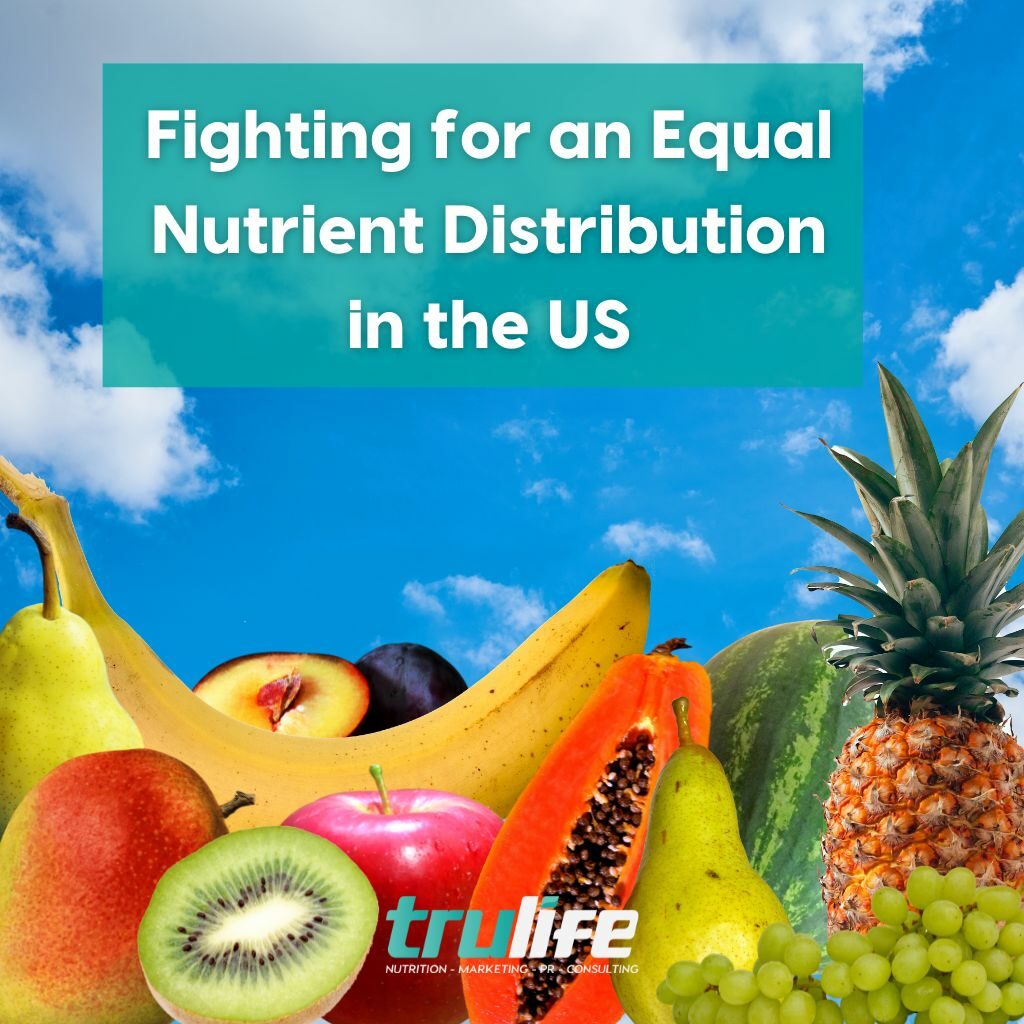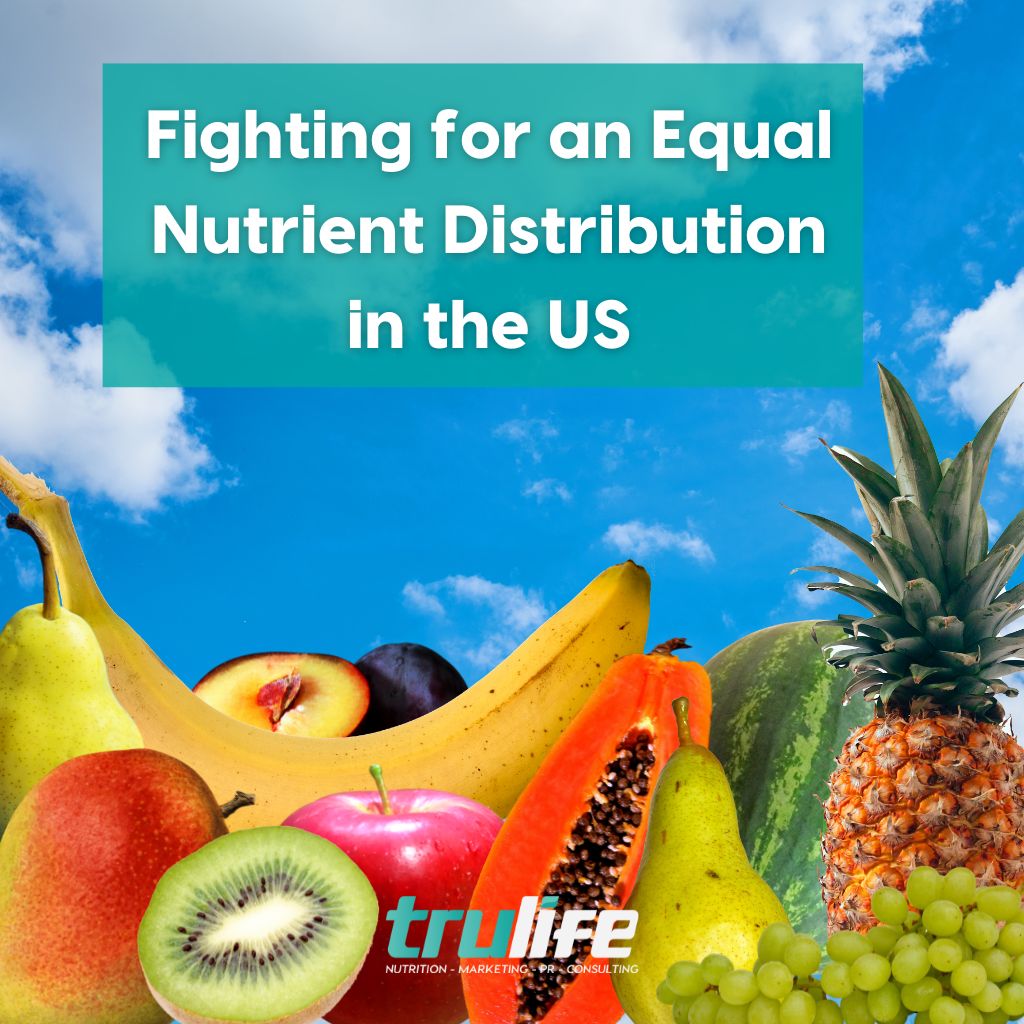The issue of nutrient distribution across the United States is one that has long been a cause for concern. Despite the fact that the US spends more money per capita on healthcare than any other nation, millions of Americans still go without adequate nutrition. The problem is not solely related to individual income level, as even middle-class households struggle to provide their families with nutritious meals due to limited access to healthy food options and rising costs of healthy foods.
In recent years, rates of hunger and malnutrition in the US have increased significantly. According to Feeding America, an organization devoted to fighting hunger in the United States, in 2017, there were 41 million people in America who struggled to put food on their table – a marked increase from 35 million just three years prior. This includes 13 million children and 5.7 million seniors – a shocking number when compared with other developed countries.

Reasons for Inadequate Nutrient Distribution in the US
Poor Food Access Nurtures Inadequate Nutrient Distribution in the US
The main culprit behind this epidemic is inadequate nutrient distribution across the country. Poor food access has become increasingly common due to insufficient public transportation systems that prevent people from reaching supermarkets or farmers’ markets, a lack of economic resources for purchasing groceries, and concentrated poverty in urban areas where many grocery stores fail to exist or are unable to offer nutritionally dense produce at an affordable price.
Processed Food is the Opposite of a Healthy Nutrient Distribution in the US
Moreover, there has been a rise in processed convenience foods being marketed as “healthy” options despite containing high levels of sugar, fat, and preservatives, while fast-food chains continue to offer unhealthy meal options at prices much cheaper than those found at grocery stores or farmers’ markets. The result has been widespread malnutrition among low-income communities, which simply do not have the means or knowledge required to make healthier choices when it comes time to eat. Malnutrition is associated with poor nutrition, and an inadequate intake of essential nutrients, and can lead to a number of health complications.
Organizations Fighting For a Healthy Nutrient Distribution in the US
Fortunately, many organizations have been dedicated to fighting malnutrition and providing nutrition assistance to those in need. At present, there are several organizations working hard towards improving nutrition distribution throughout America such as
Feeding America
The first and most prominent organization dedicated to fighting malnutrition in the US is Feeding America. Founded in 1979, it is a nationwide network of food banks that provide nutrition assistance for people facing hunger or food insecurity. It helps feed over 40 million Americans annually through its network of 200 food banks located across the country. They also invest money into nutrition education programs to help people learn how to make informed decisions about nutrition, as well as advocate for legislation that promotes nutrition access for all communities.
Share Our Strength
Another important organization combating malnutrition is Share Our Strength. This non-profit was created in 1984 and works with businesses, foundations, elected officials, and individuals to support nutrition initiatives that fight childhood hunger across the country. Through its No Kid Hungry campaign, Share Our Strength has provided more than $900 million since 2010 towards nutrition assistance for low-income families and children who are affected by malnutrition.
Academy of Nutrition and Dietetics
The Academy of Nutrition and Dietetics is another key player when it comes to addressing nutrition issues in the US. It provides nutrition education for healthcare professionals so they can better understand and assess patients who may be at risk for malnutrition or nutrient deficiency diseases such as iron deficiency anemia. The Academy also educates consumers on nutrition topics through resources like their EatRight website which contains information on meal planning advice, recipes, and more.
Meals On Wheels America
Meals On Wheels America provides nutrition assistance to seniors living independently throughout the US who may not be able to access nutritious meals due to limited mobility or financial constraints. Each week they deliver over two million meals nationwide to seniors’ homes – providing them with nutritionally balanced meals along with other services like companionship check-ins or basic home repairs if needed.
Wholesome Wave
Wholesome Wave is a nonprofit organization that strives to improve nutrition availability and affordability for people in low-income communities across the United States. Founded in 2008, it sponsors programs that double the value of federal nutrition benefits given through SNAP/EBT (Supplemental Nutrition Assistance Program/Electronic Benefits Transfer) so that people can purchase more fresh fruits and vegetables at farmers’ markets or other participating retailers. The goal of these programs is to make nutrition assistance easier to access while also supporting local food systems and providing economic opportunities for small farmers. Wholesome Wave has been successful in its mission thus far – they have helped over two million Americans access healthier foods since its founding, as well as created thousands of jobs throughout the country.
FoodCorps
FoodCorps is a national service organization that works to ensure all children in the US have access to healthy food. Founded in 2009, FoodCorps focuses on providing nutrition education and increasing access to nutritious meals for kids living in underserved communities. Through their programs, they help schools create sustainable nutrition initiatives such as school gardens and nutrition-based curricula which teach students about nutrition and healthy eating habits. They also partner with local organizations to provide fresh fruits and vegetables from farmers’ markets or other sources of locally grown produce so that students can enjoy healthier options during lunchtime. By doing this, FoodCorps helps create an environment where all kids are able to make informed decisions about nutrition while at school.
Overall, there are numerous organizations working hard every day towards ensuring better nutrition access throughout America so everyone can have access to affordable nutrition options that meet their needs – regardless of age or economic status. These organizations provide vital services that help combat malnutrition and contribute significantly towards making sure all Americans receive adequate nutritional care and overall health outcomes! While these efforts are commendable, they are often insufficient for solving this pervasive problem, as evidenced by rising rates of hunger and malnutrition throughout the US over recent years.
The Way Out of Inadequate Nutrient Distribution in the US
Governments must do all they can to improve nutrition access and distribution across America. This entails incentivizing businesses to open healthy supermarkets in minority neighborhoods; connecting different regions with public transportation systems; and making healthy foods more accessible and easier to purchase. Creating incentives for farmers’ markets so that fresh produce is available at affordable prices. To combat malnutrition across all regions of our country, it is essential that we make a concerted effort to increase funding for local food banks and educate people about healthy eating habits and nutritional literacy. Additionally, provide free meals at schools and give incentives to those on government assistance programs like SNAP/EBT so they can purchase nutritious groceries more frequently. Only through unified strategies such as these will we be able to reduce hunger in America effectively.








